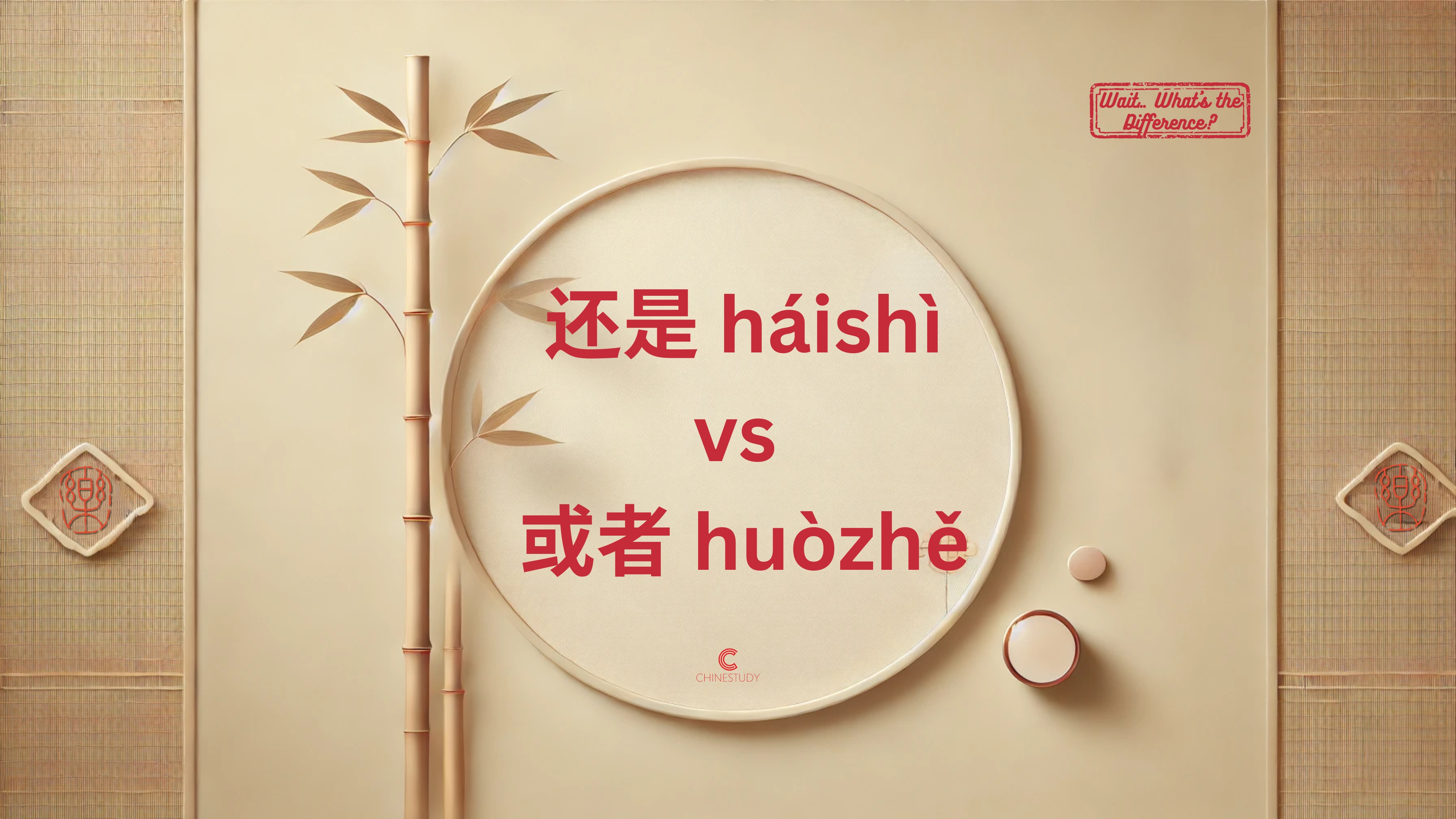
🔍 还是 háishì vs 或者 huòzhě – What’s the Difference?
Learn when to use 还是 (háishì) and when to use 或者 (huòzhě) in Chinese. This post explains the difference with clear examples, common mistakes, and fun practice. Perfect for beginner learners!
Continue reading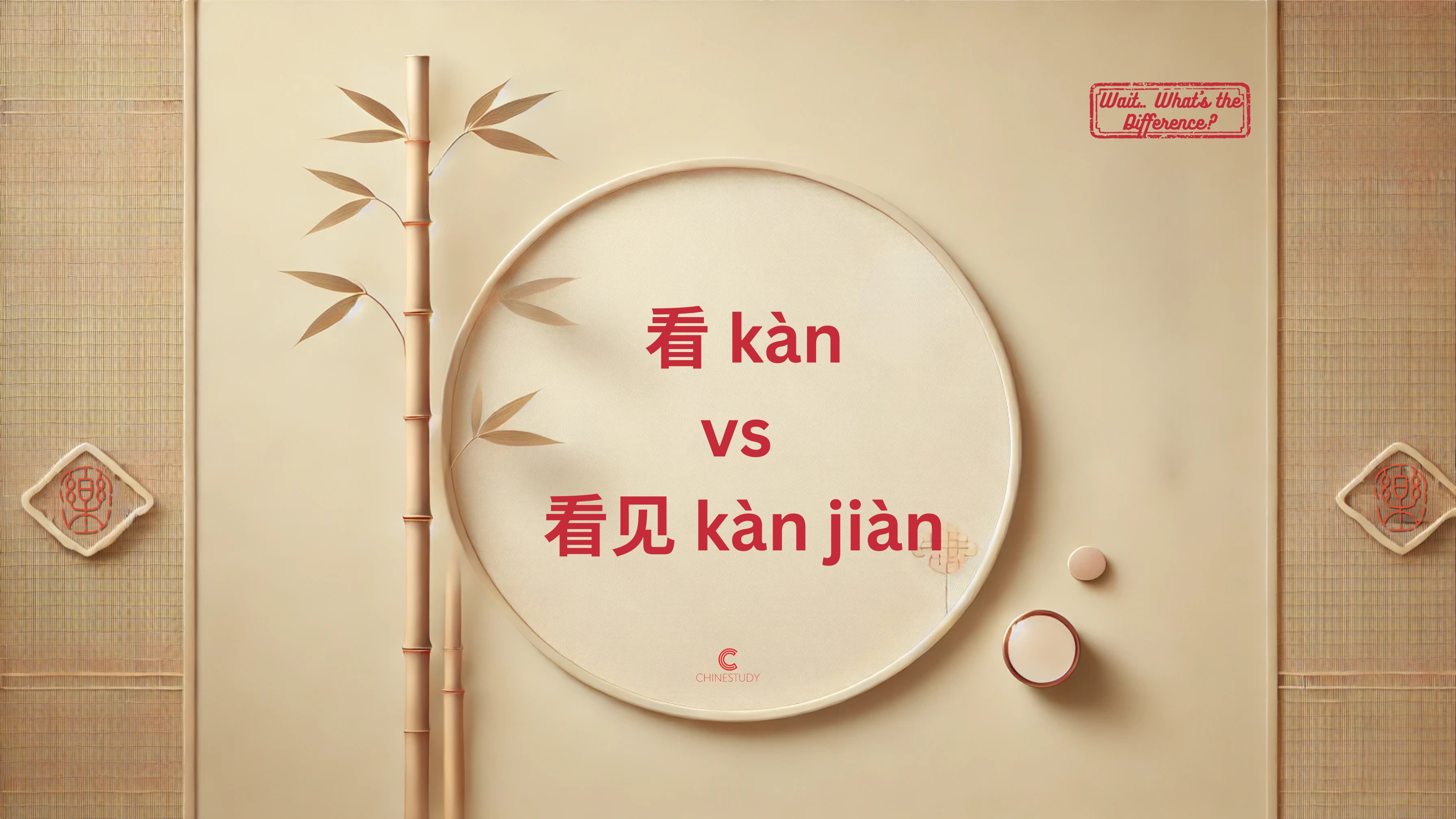
🧐 看 kàn vs. 看见 kànjiàn – What’s the Difference?
Confused about 看 (kàn) and 看见 (kànjiàn)? 看 is for looking or watching, while 看见 means successfully seeing something. Learn how to use both with simple tips and examples!
Continue reading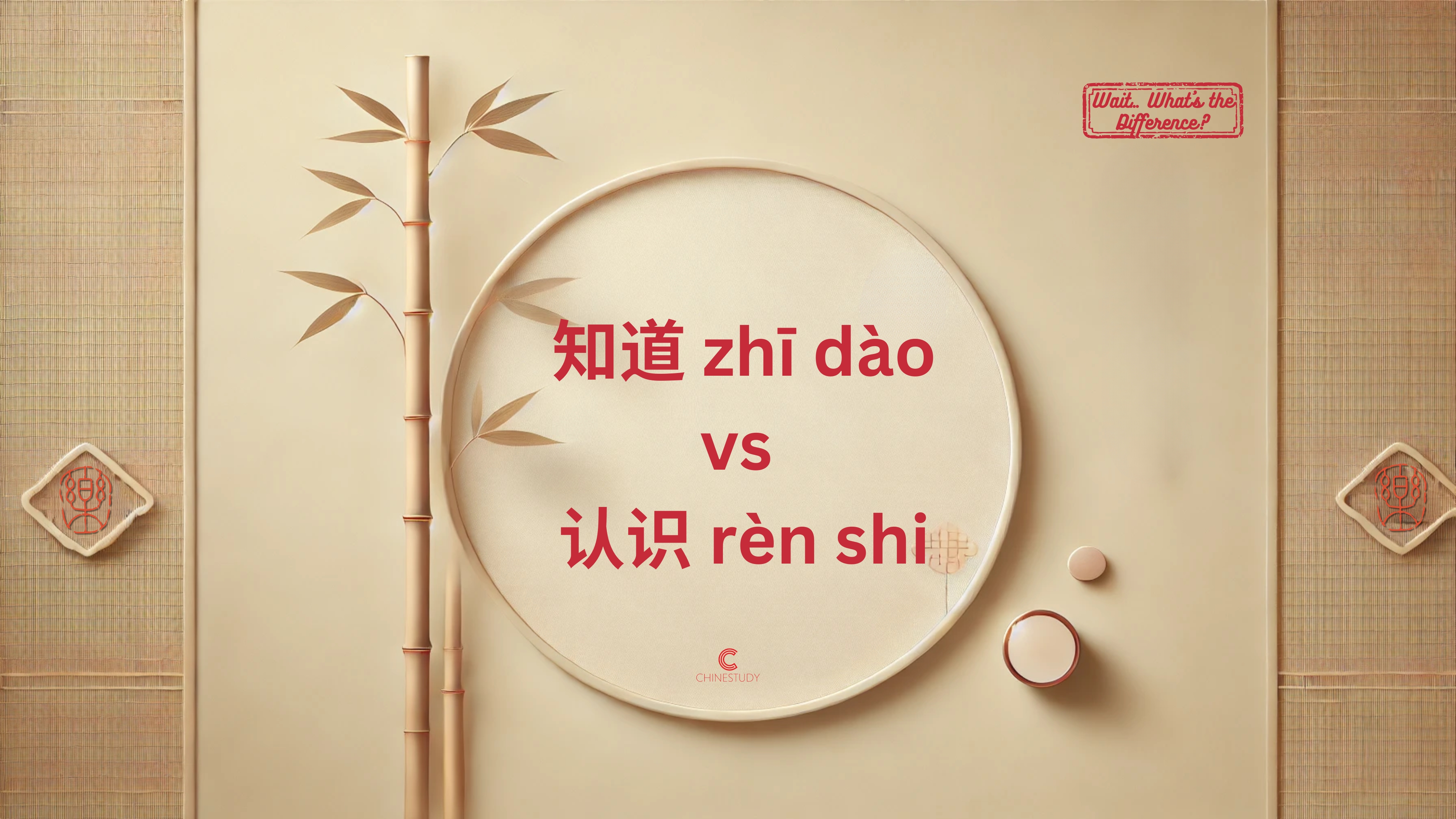
🧐 知道 zhīdào vs. 认识 rènshi – What’s the Difference?
Confused about the difference between 知道 zhīdào and 认识 rènshi? Learn how to use these two Chinese verbs correctly, with clear examples and fun practice!
Continue reading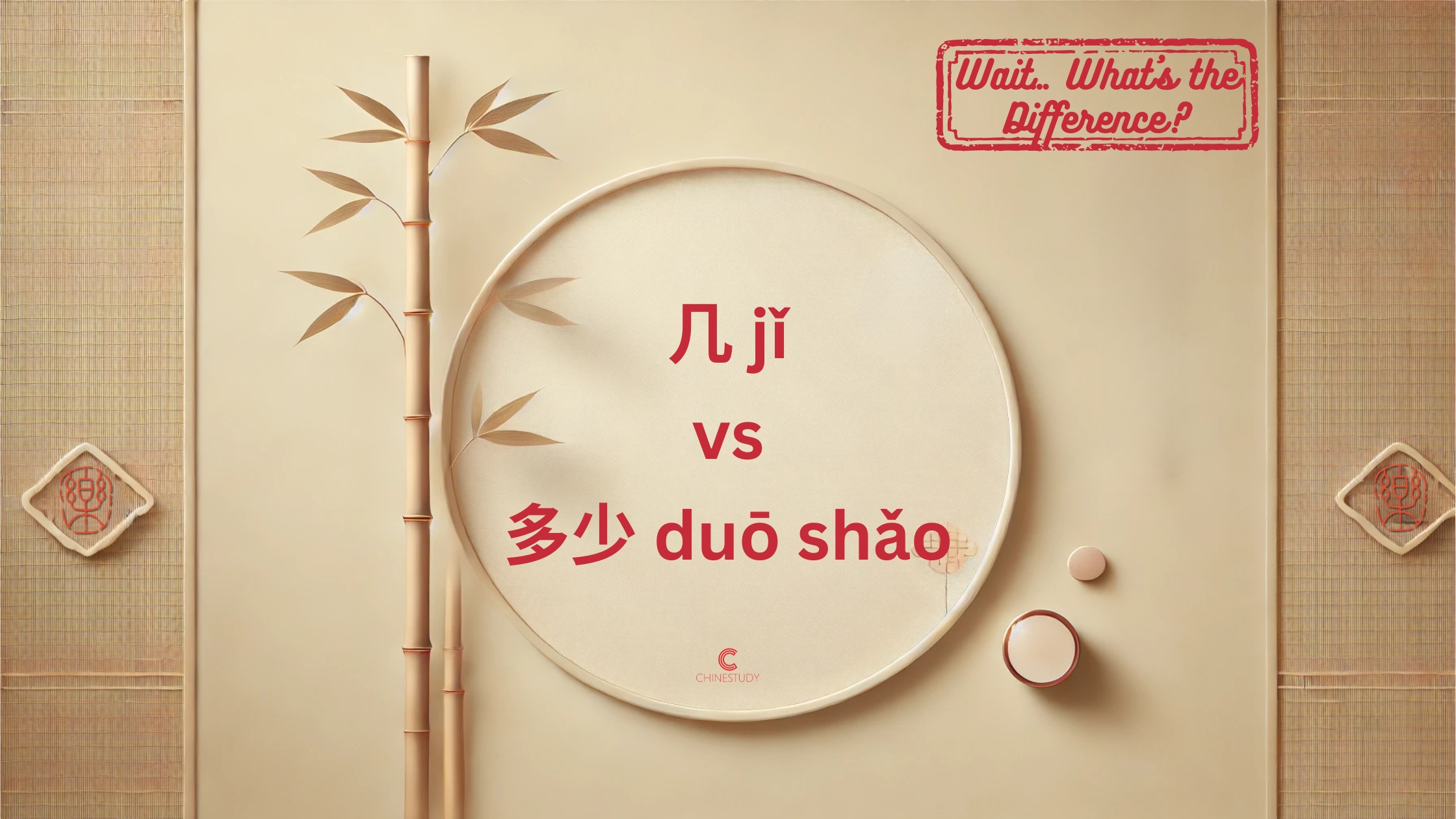
🧐 几 jǐ vs 多少 duō shǎo – What’s the Difference?
🧐 What’s the difference between 多少 (duō shǎo) and 几 (jǐ)? Learn when to use each with simple examples and one easy tip for everyday Chinese!
Continue reading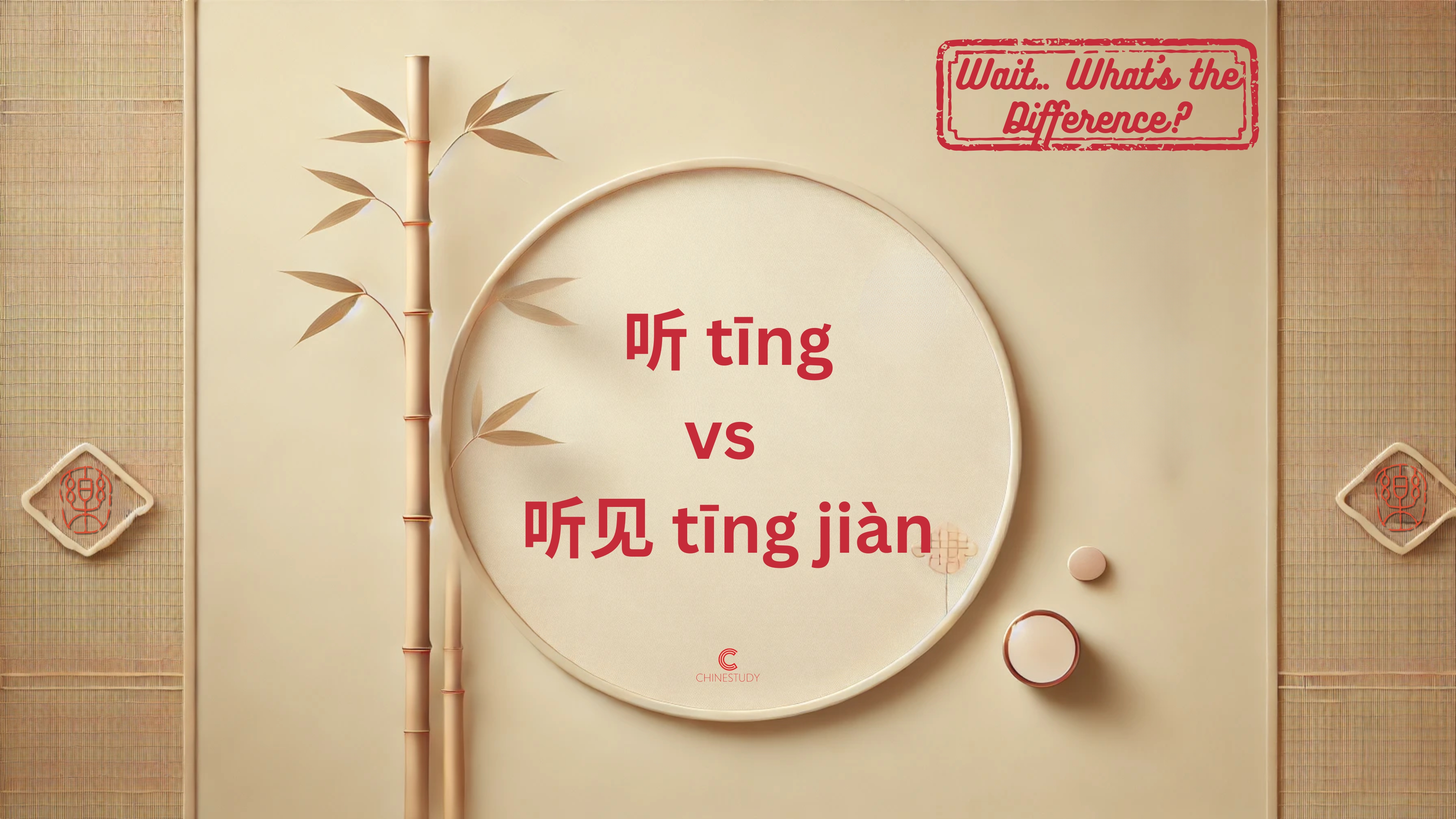
🧐 听 tīng vs 听见 tīng jiàn – What’s the Difference?
🧐 What’s the difference between 听 (tīng) and 听见 (tīng jiàn)? Learn how to use them correctly with simple examples and an easy tip!
Continue reading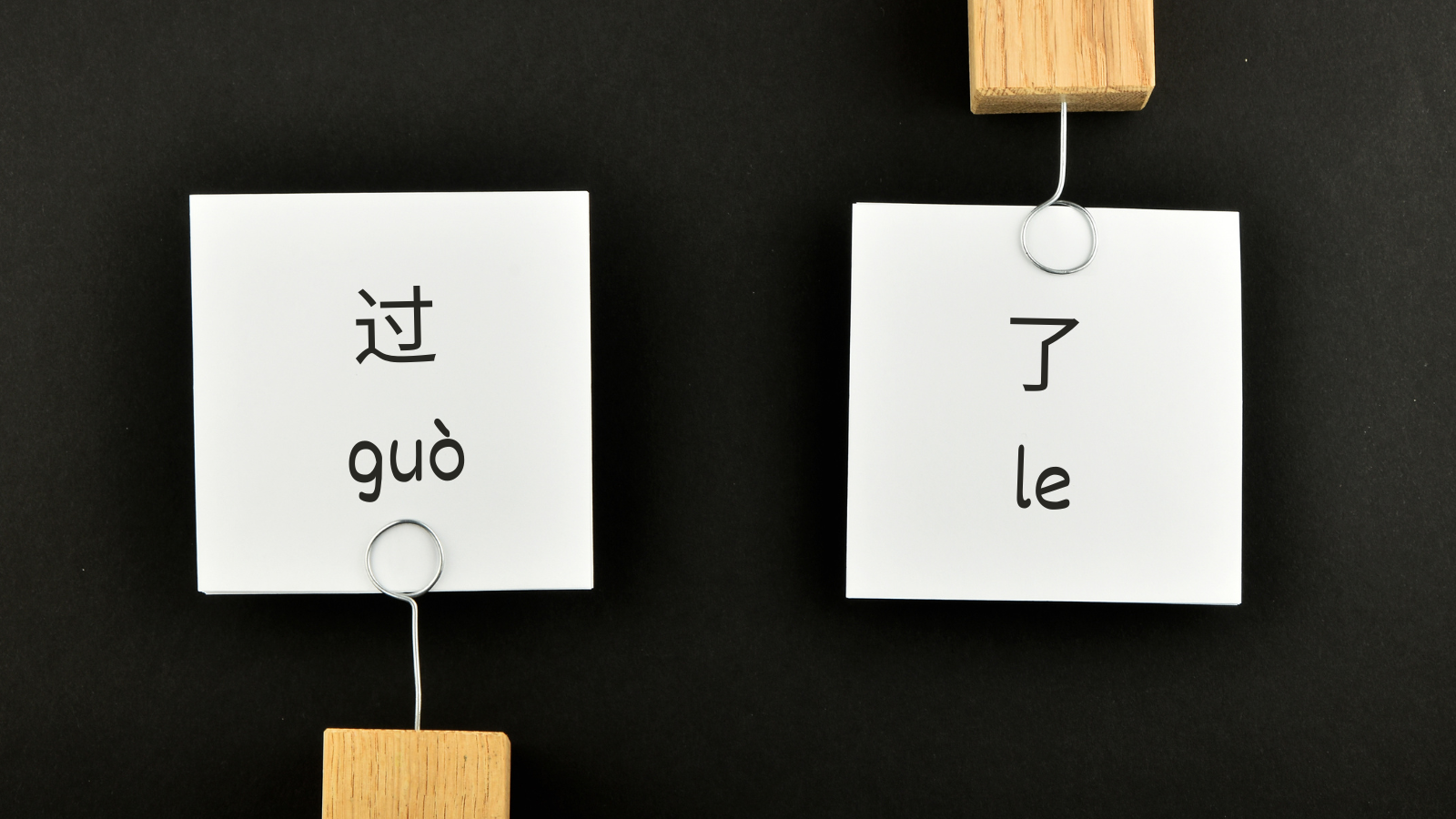
What's the difference? 过 (guò) vs 了 (le)
Did you know that mastering 过 (guò) and 了(le) is a cornerstone in Chinese language proficiency? Let's delve into the art of using these two vital words - why, when and how to use them!
Continue reading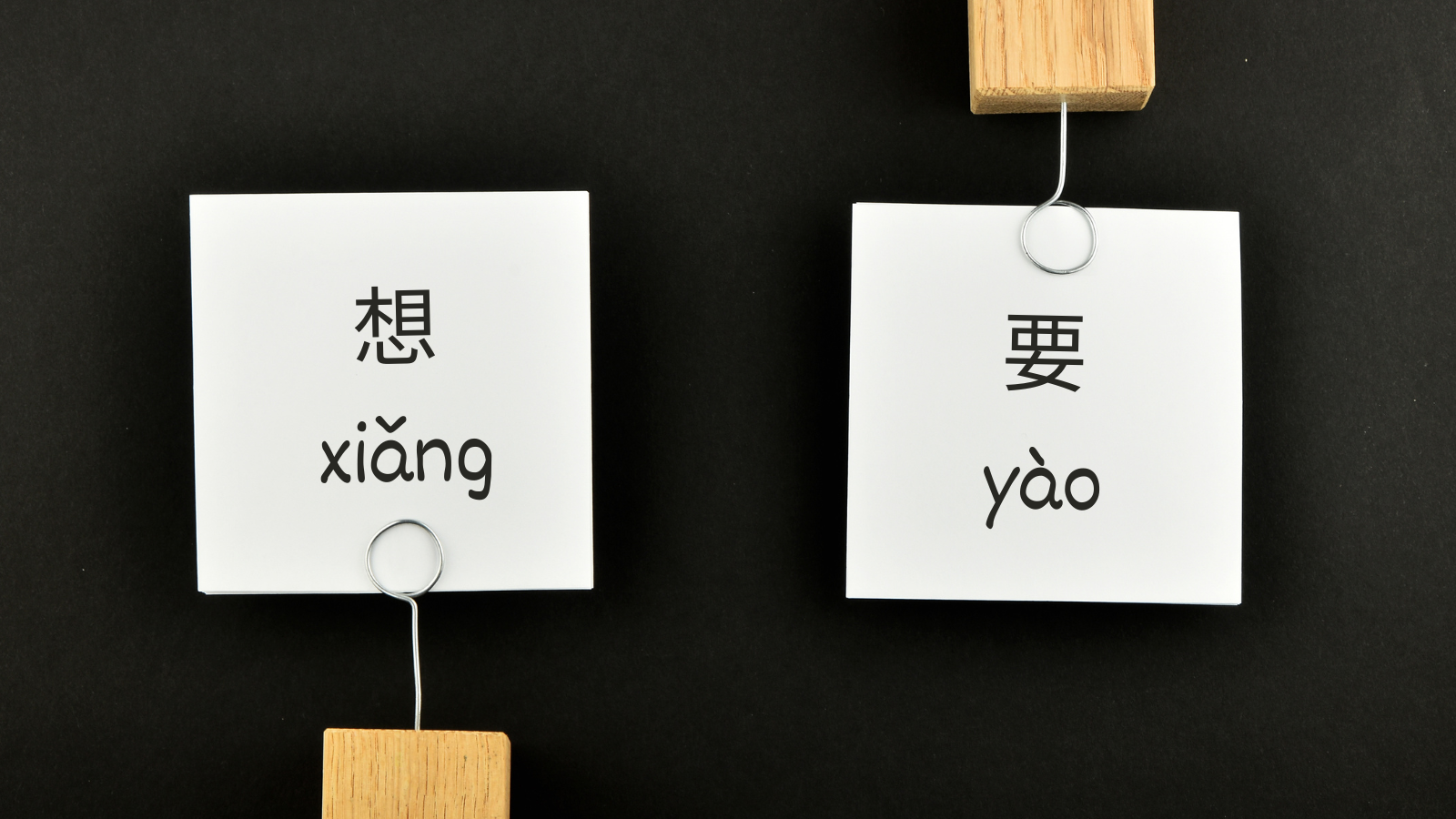
想 (xiǎng) vs 要 (yào) | The Differences Explained
Are you trying to learn the subtle differences between the Chinese words 想 (xiǎng) and 要 (yào)? Learn exactly how they are used with examples so you can understand them better in context.
Continue reading